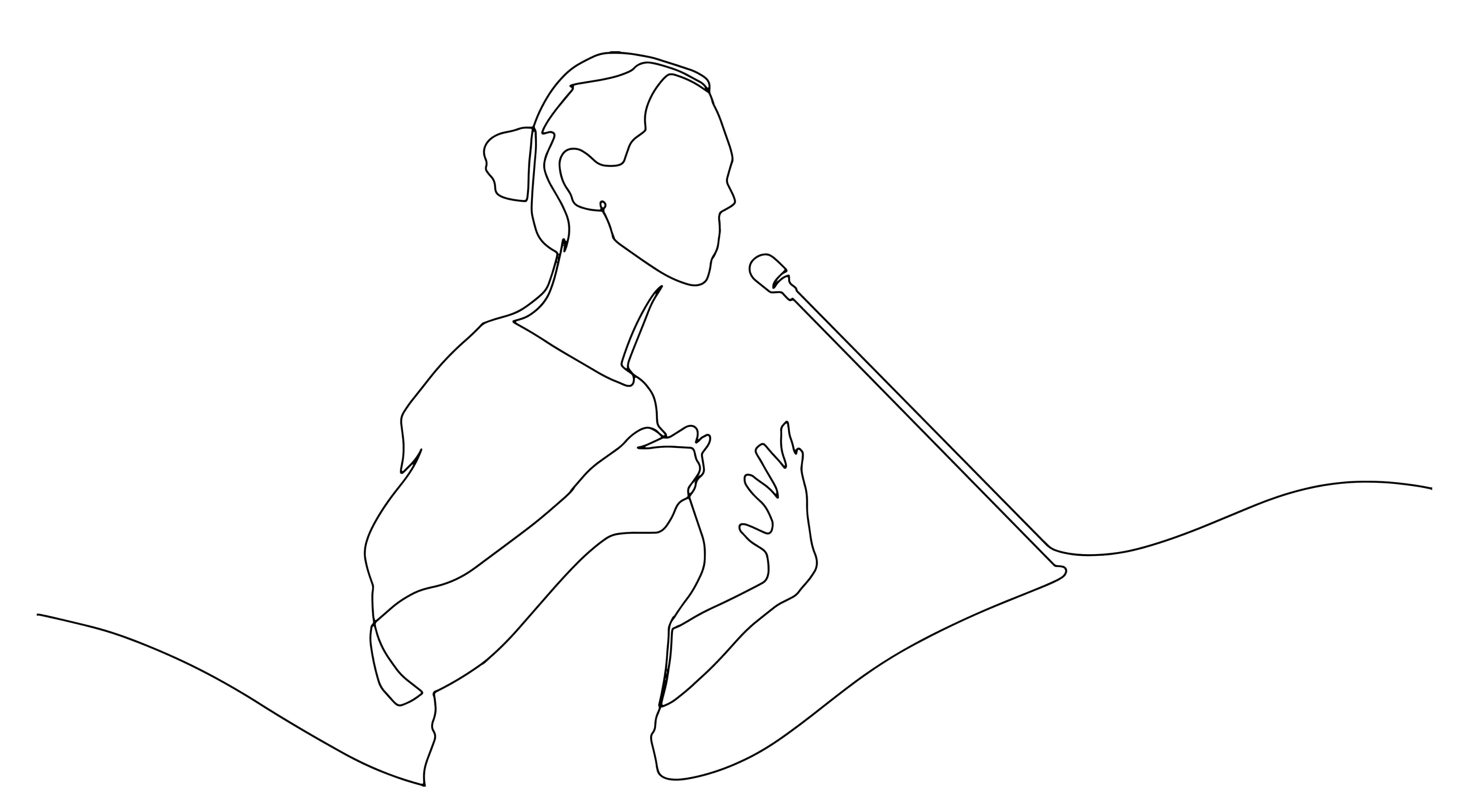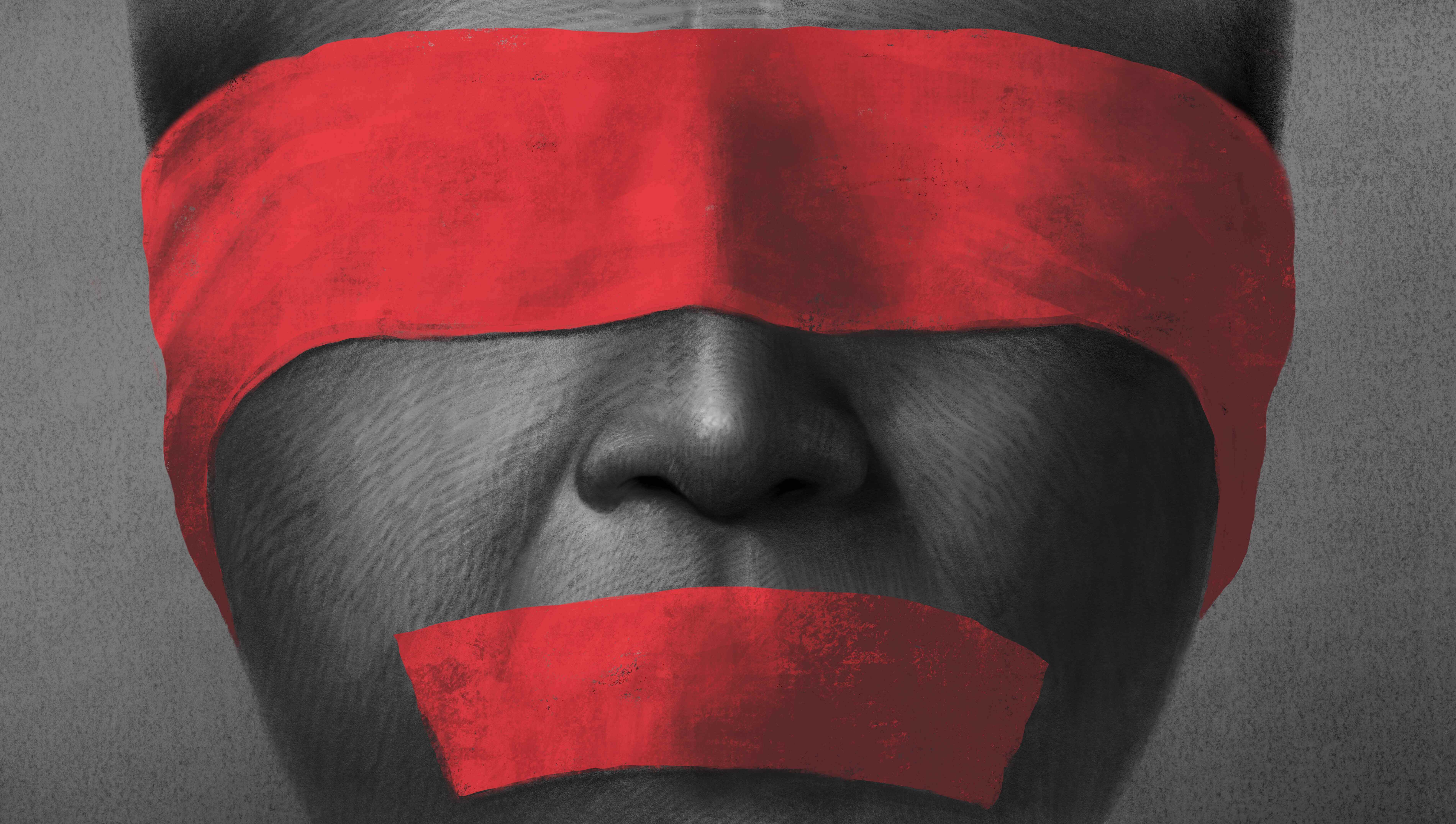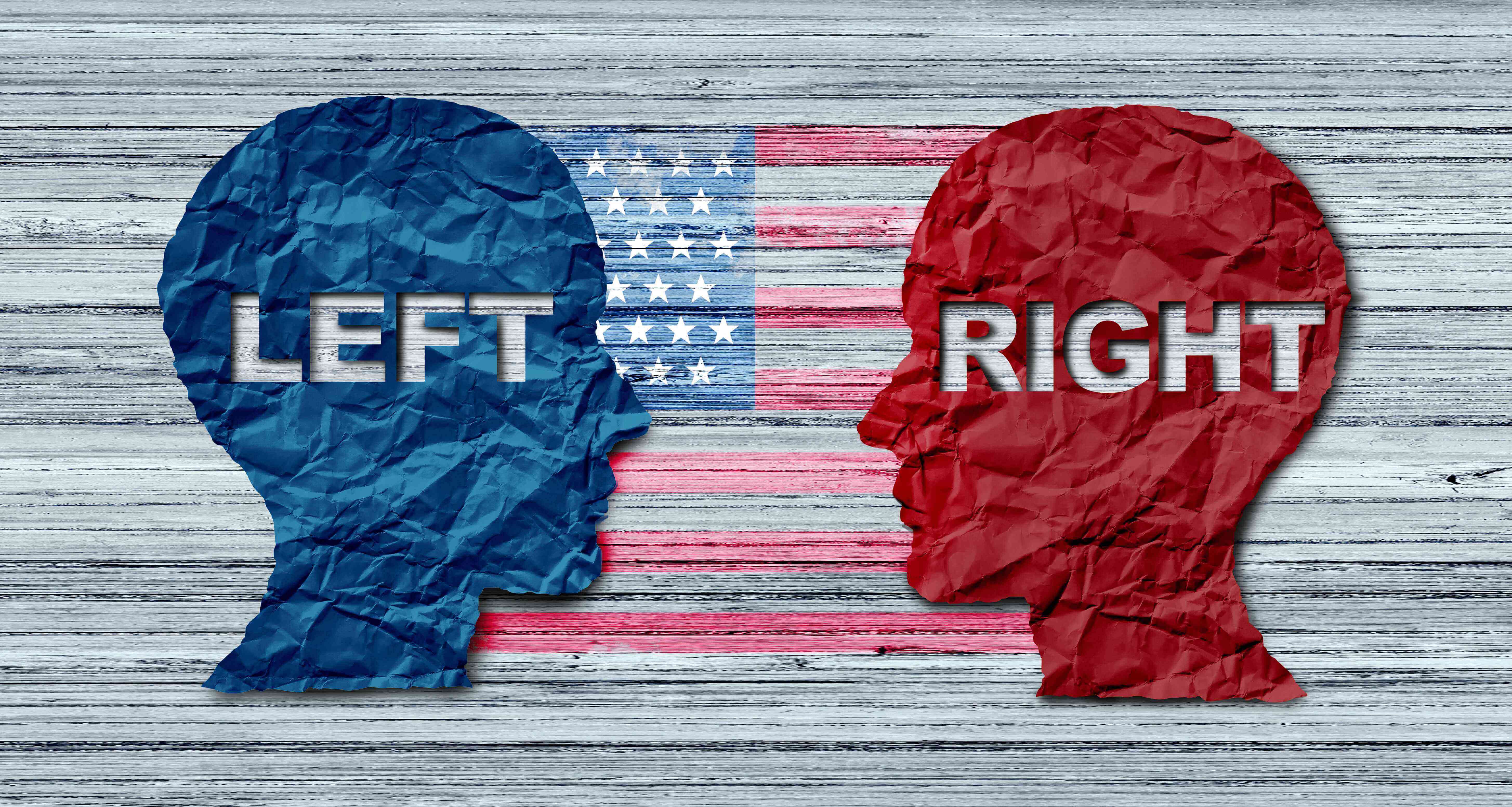What Would It Take For Trump To Stand Up To Putin?

President Donald Trump has long made “No retreat, no surrender” his guiding ethos, refusing to apologize or acknowledge mistakes and declaring that he’s the brawler in chief for the American people. His instinct to pump his fist and yell “Fight, fight” in the moments after being shot on the campaign trail became a defining image of his victory last year. He scowls in his official portraits—and in his mug shot—and has stared down world leaders most American presidents would deem friends.
But there is one big exception to this self-styled tough-guy image: For his entire political life, Trump has never truly stood up to Vladimir Putin. Instead, he has at times parroted Kremlin talking points; infamously sided with Moscow over his own nation’s intelligence services after the 2016 election; and even inexplicably blamed Ukraine for somehow forcing Russia to invade in 2022.
Since retaking office, Trump has continued to appease Putin as the two leaders have sought to negotiate an end to the war in Ukraine. Even so, the Russian leader has repeatedly defied him. And in recent days, Trump, perhaps fearing that he’s being humiliated, has started to show glimpses of exasperation—raising the question of whether he might finally take some kind of stand against Putin.
Within the White House, the president’s own advisers have no sense as to what he will choose, four administration officials told me, speaking anonymously to discuss internal deliberations. Senior aides have begun to draw up plans to punish Russia for slow-walking the peace process—including consulting with Treasury Department officials about new sanctions—but whether or not those proposals see the light of day remains a mystery even to those who work for the president.
[Read: Why Trump is giving Putin everything he wants]
Few in global capitals or across Washington expect him to break from precedent and excoriate Putin. The Russian leader has gotten nearly everything he has wanted from Washington since Trump took office just over 100 days ago. Trump has weakened U.S. soft power around the world and feuded with traditional allies. He has offered something of an absolution for Russia’s invasion of Ukraine, and in fact suggested that he might lift existing U.S. sanctions on Moscow and normalize relations between the two countries, possibly clearing the way for Russia to return to its former place on the world stage. For months, Trump has spoken approvingly of striking energy and mineral deals with Putin, two of the officials told me.
Trump has insisted that he can easily bring an end to the war, and has proved willing to accede to Russian demands to get there. Although Ukraine supported an American push in March for a 30-day cease-fire and Russia refused it, Trump has repeatedly suggested that it would be simpler for Washington to deal with Moscow than Kyiv in negotiations. In late February, he (along with Vice President J. D. Vance) berated Ukrainian President Volodymyr Zelensky in the Oval Office, declaring that he “didn’t have the cards.” A few weeks later, he outlined a proposed peace plan that decidedly favors Moscow. In that plan, Ukraine would receive only vague security promises from the West, and would not be permitted to join NATO. Russia would get to keep much of the territory it has conquered since 2022. The United States also would recognize Russian control of Crimea, the Ukrainian peninsula that Putin illegally annexed a decade ago, and potentially limit weapons supplies to Ukraine. Zelensky summarily rejected those demands, and last week the U.S. threatened to walk away from the peace talks.
Trump’s push to stop the fighting last week was limited to an oddly personal and plaintive social-media post: “Vladimir, STOP!” But his approach escalated, even if briefly, over the weekend. Trump displayed a rare flash of anger at Moscow after meeting with Ukraine’s president on the sidelines of Pope Francis’s funeral in Rome just after Russian strikes in Kyiv had killed at least a dozen people. Putin’s open defiance of American calls for an end to the conflict risked making Trump look weak, apparently prompting the president to publicly blast Russia and demand that a deal be done within two weeks. “There was no reason for Putin to be shooting missiles into civilian areas, cities, and towns over the last few days. It makes me think that maybe he doesn’t want to stop the war, he’s just tapping me along, and has to be dealt with differently,” Trump posted on social media hours after he’d departed St. Peter’s Basilica.
On the Air Force One flight back from Rome, Trump fumed about the Russian strikes, and aides took his anger as a moment to explore possible penalties for Moscow’s behavior, three of the administration officials told me. Among the options: backing a bill introduced by half the Senate—25 Republicans and 25 Democrats—this month to impose sanctions on Russia if it refuses to engage in good-faith negotiations for peace with Ukraine. The measure would place primary sanctions on Russia and secondary sanctions on any nation that purchases Russian oil, gas, uranium, or other products that, in turn, fund Moscow’s war. Trump discussed the sanctions with aides on the flight but has not yet committed to supporting them, two of the officials told me.
[Read: This is the way a world order ends]
A close outside adviser downplayed to me the significance of Trump’s tough weekend words, pointing to the fact that they came hours after the Zelensky meeting at the Vatican. “Trump has always been influenced by what he heard last,” the person said. “That will go away as soon as someone else gets in his ear.”
Another means to ramp up the pressure on Putin would be for Trump to increase weapons shipments to Ukraine. But this is perceived as unlikely because the president and many fellow Republicans, especially in the House, have spent the past year calling for a reduction in the shipments. And since Trump took office, the U.S. has limited those shipments, although some weapons are still going through. The administration also briefly paused intelligence sharing with Kyiv.
“The only way to meaningfully stand up to Putin would be to keep the spigot open for Ukraine in terms of arms and intel, and I fear that he’s not prepared to do that,” Richard Haass, who worked in three Republican administrations before leading the Council on Foreign Relations, told me. “Secondary sanctions are not going to move the needle. I don’t see what he is willing to do for Ukraine to convince Putin that time is not on his side.”
There is little consensus within Trump’s Cabinet as to next steps. Secretary of State Marco Rubio and National Security Adviser Mike Waltz—both considered Russia hawks while they were in Congress—have at times privately pushed for a tougher stance on Moscow, the administration officials told me. But Rubio’s public remarks have echoed Trump’s criticism of Kyiv, while Waltz’s clout within the administration has faded since he inadvertently added Jeffrey Goldberg, the editor in chief of The Atlantic, to a Signal chat about attack plans in Yemen. Meanwhile, Vance and other powerful voices inside the administration (Deputy Chief of Staff Stephen Miller) and on the outside (right-wing-media star Steve Bannon) have advocated moving the U.S. away from Ukraine and Europe. And while Rubio bailed on peace talks in Europe last week, Trump’s envoy, Steve Witkoff, met with Putin for the fourth time.
Some in the White House have framed Trump’s refusal to publicly threaten Putin as a negotiating tactic. One official told me that “actions speak louder than words” and pointed to tough measures that Trump took in his first term, including levying sanctions against Moscow, opposing construction of the Nord Stream 2 natural-gas pipeline from Russia to Germany, and delivering lethal aid to Ukraine. (Trump, however, ordered some of that aid held up in a failed attempt to pressure Ukraine to announce an investigation into Joe Biden, a matter that got Trump impeached.)
“The notion that President Trump won’t stand up to Putin, or anyone for that matter, is completely ridiculous and absurd,” White House Press Secretary Karoline Leavitt told me. “President Trump’s strength has led to this war moving closer to a resolution at the negotiating table.”
[Read: I’ve seen how this plays out for Ukraine]
Perhaps more than any of his recent actions, Trump’s long history with Putin suggests that he will continue to defer to Russia. Trump praised Putin even before getting into politics, including when he wondered aloud in 2013, in advance of a Miss Universe pageant in Moscow, if the Russian leader “will become my best friend.” The links between the 2016 Trump campaign and Russia were strong enough that Robert Mueller’s independent-counsel investigation indicted 34 people and three Russian businesses, though Mueller ultimately decided the evidence was insufficient to charge any member of the campaign with taking part in a criminal conspiracy.
A smattering of Russia hawks in Trump’s first term—among them, National Security Adviser John Bolton and Secretary of State Mike Pompeo—along with Republicans in Congress, pushed through a series of tough sanctions against Russia for its 2016-election interference. Yet Trump, time after time, undercut them. At a joint news conference in Helsinki in 2018, I asked Trump whom he believed about election interference, Putin or his own intelligence agencies, and the U.S. president made clear that he sided with his Russian counterpart.
When Trump had the chance to meet with Putin again a year later, at the G20 summit in Osaka, Japan, several of his advisers urged him to avoid a repeat of Helsinki. Trump balked. When asked by a reporter at the summit if he would warn the Russian autocrat not to meddle in the next year’s election, the president responded, “Yes, of course I will,” before turning toward Putin.
“Don’t meddle in the election, please,” Trump said with a sarcastic smile, briefly pointing his finger at Putin. “Don’t meddle in the election.”
Putin laughed.


